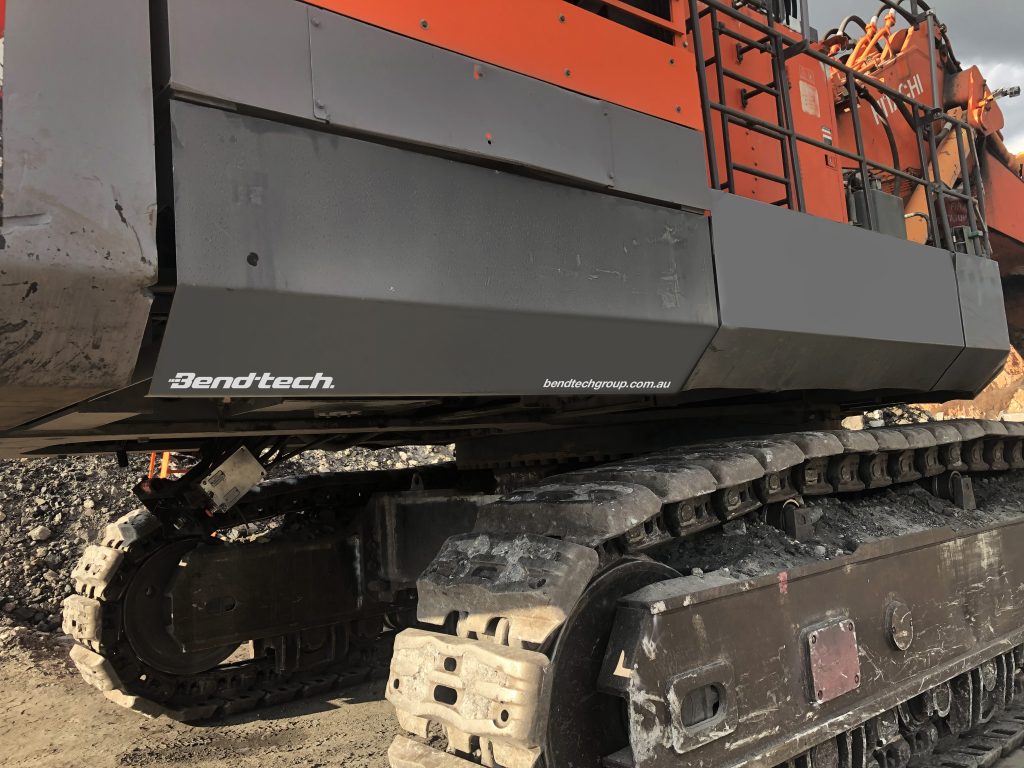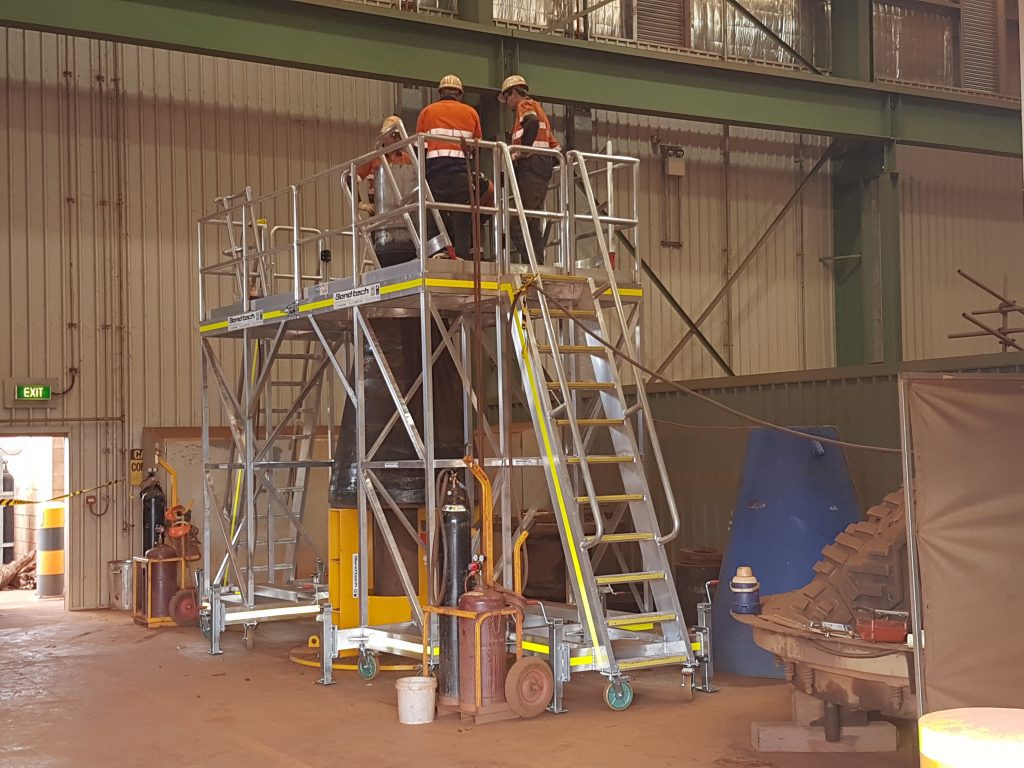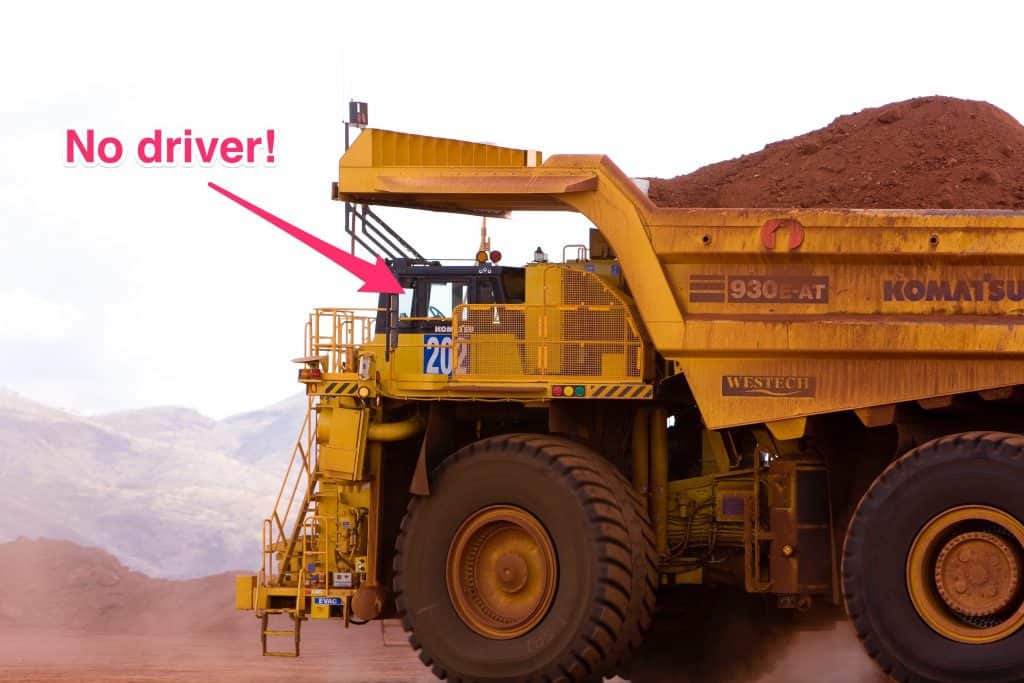Powered access platforms are designed to get workers, tools and other equipment to high spots safely and with ease. The issue is that there are so many different types of safety access platforms available that it’s hard to know which one to choose. Which access platform is right for the job?
Choosing the wrong platform may prove to be inefficient for the task at hand. Some platforms are not designed for specific tasks or to hold loads of weight, and this can prove to be a safety hazard.
This article dissects important points to consider when choosing the right access platform for your requirements and the machinery you need to use. Read on so you can make the best choice for your project.
First, assess your needs
Before making any decisions on access platforms, you must first evaluate your needs. For instance, what specific task are you hoping to accomplish? Are you performing a detailed inspection, an intricate construction, or simple maintenance? Are equipment and machinery required?
You’ll also need to factor in the height requirements for the job. Access platforms come in varying sizes, and not all may be big enough to reach the heights you need to get to. Larger platforms also cost more to rent or buy.
While at height, will the platform be stationary, or does it need to be able to move horizontally from left to right?
Your working space and weight capacity are other important considerations. How much working space do you require on the platform, and how much weight does it need to be able to comfortably hold?
Types of access platforms
This section breaks down the various types of access platforms you can choose from, as well as their suitability for different tasks and work environments.
Ladders
A ladder is best suited to tasks of short duration where mobility is not an issue. Naturally, ladders come in a variety of sizes and materials, but they don’t offer as much platform space or stability as other options.
Scaffolding
Versatile and stable, traditional scaffolding is a solid and safe option for working at height. Long-term projects are better served with scaffolding erected. They also provide a large working area. However, scaffolding takes considerable time to set up and dismantle, and it’s not mobile.
Scissor lifts
Using linked supports to move vertically, scissor lifts are extremely versatile platforms that provide a larger platform area to work in than many other options. They are most useful for tasks and projects that require a number of workers and a lot of tools.
Aerial work platforms
Also known as AWPs, aerial work platforms are cherry pickers or boom lifts. They are ideal for tasks that demand both height and extended reach. There are a few different configurations for AWPs, such as telescopic, scissor lift and articulated models. These platforms are stable and also allow for horizontal movement.
Mobile elevated work platforms (MEWPs)
MEWPs combine the features of scissor lifts and AWPs and are also self-propelled machines. Suitable for both outdoor and indoor tasks, mobile elevated work platforms provide both height and extensive outreach.
Suspended scaffolding
Often used for facade work, suspended scaffolding has workers suspended from cables or ropes as they go about their tasks. These rigs are perfect for spots that are hard to reach.
Other important factors to consider
Let’s now cover some other important factors to consider when deciding on and using access platforms.
Ground conditions and obstructions
Take note of what the ground conditions are like. Will the platform be on a slope? Is the ground stable or full of loose rocks, mud or sand? For internal jobs, is the floor made of fragile tiles?
You’ll also want to survey the location for possible obstructions such as steelwork, overhangs that will obstruct the lift of the access platform and, most importantly, live powerlines in the vicinity.
Safety considerations
Safety is a top priority when people are working at height, so here are some important points to be mindful of when it comes to access platforms:
- All operators using the platform need adequate training and certifications to ensure proper use.
- Find out what the recommended weight capacity is for the platform, and don’t exceed it. This prevents instability or possible collapse.
- Guardrails should be installed on the platform’s work area, and workers should be attached to harnesses as a protection measure in the event of a fall.
- Take into consideration the environment and weather conditions, such as wind and rain. Will inclement weather undermine the platform’s stability?
Mobility and reach
People and equipment can be lifted to great heights much faster with a powered access platform as compared to climbing a ladder. Some models can safely be moved while the platform is raised, and larger platforms will need to be towed to the site. For operating in confined spaces, spider lift platforms are the best option. Spider lifts are lightweight platforms with very low ground pressure.
Boom lifts have a telescopic reach that allows you to access greater heights and at more acute angles. Articulated models are ideal for reaching heights virtually straight up and have very stable platforms to work on. They also provide up and overreach to avoid obstacles.
Advanced features and attachments
Access platforms mounted on a four-wheel drive vehicle can access and navigate rugged terrain to get to the desired location. Levelling controls allow operators to ensure the grounding of the platform is level before being raised to the work area. This guarantees a safer and more stable footing. Low-ground pressure models work well in confined spaces and on less stable ground.
It’s also important to use OEM-approved attachments for telehandlers and other platforms. This is for worker safety above all else.
Wrapping up
Assess your needs, understand the different types of access platforms, consider safety, ground conditions, mobility and reach, and you’ll arrive at the correct decision when choosing the right access platform for your project.
Consult with the team at Bend Tech Group. We offer a range of access platforms to make reaching the hardest places a breeze. Contact us today for further information.








About The Author: Highjumpdev
More posts by Highjumpdev